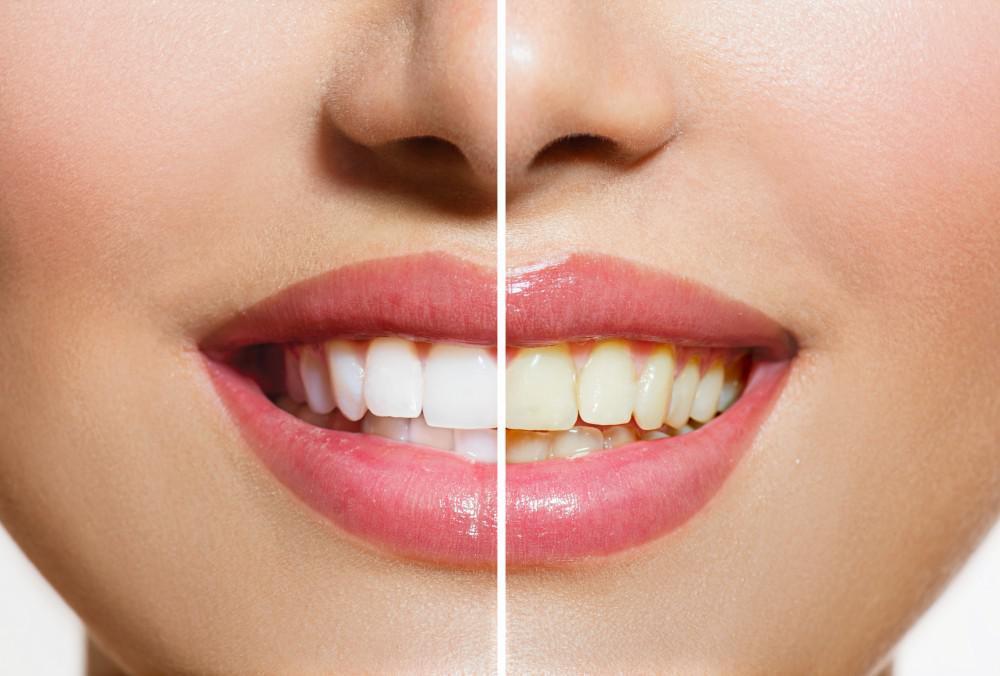Teeth whitening is a procedure that has drawn the attention of many people seeking a brighter smile. However, there are many myths and misconceptions surrounding this topic. In this article, we'll look at seven common misconceptions about teeth whitening and find out how true they are.
Myth 1: Teeth whitening is harmful to the enamel
Enamel is the hard outer layer of teeth, and many people are concerned that whitening can damage this protective covering. However, modern whitening procedures, based on safe and effective formulas, don’t cause damage to the enamel. Most products contain ingredients that are gentle on teeth, minimizing the risk of enamel destruction. Nevertheless, it is important to follow the instructions and not overuse bleaching products.
Myth 2: Teeth whitening can only be done by a dentist
While whitening treatments performed by professionals can be effective, there are many at-home products that also provide noticeable results. Whitening strips, gels, and even toothpaste containing whitening ingredients allow people to maintain the whiteness of their teeth on their own. However, it is important to choose dentist-approved products and follow the instructions to avoid unpleasant consequences.
Myth 3: Teeth whitening necessarily causes sensitivity
This common fear is not always justified. Many modern whitening products contain ingredients aimed at reducing tooth sensitivity. Moreover, following recommended whitening courses and using mildly formulated products can significantly reduce the risk of sensitivity. If discomfort occurs, it is recommended to consult a specialist who will help you choose the best whitening option.
Myth 4: White teeth mean healthy teeth
While snow-white teeth may give the appearance of health, they are not always indicative of overall oral health. Taking care of your dental health includes regular brushing, flossing, and regular visits to the dentist. Teeth whitening is a cosmetic procedure and is not a substitute for professional oral care. If your oral cavity is healthy but you want to have a more radiant smile, you can search for "teeth whitening near me" and choose an experienced and qualified dental specialist.
Myth 5: Whitening toothpaste is immediately effective
Many people believe that whitening toothpastes provides instant results, but this is not entirely true. These pastes can improve the color of your teeth, but noticeable changes take time. It is important to understand that the effectiveness of whitening toothpaste depends on the individual features of each person, such as the initial color of the teeth and the reaction to the active components of the paste.
Myth 6: The more often you whiten your teeth, the whiter they will be
There is a common misconception that regular teeth whitening will lead to longer-lasting, whiter results. However, excessive use of whitening products can cause an excess of chemical attacks on tooth enamel, which, in turn, can lead to deterioration of the teeth. It is recommended to follow the recommended whitening courses and consult your dentist about the frequency of use to avoid negative consequences.
Myth 7: All whitening products are equally effective
There are many whitening products on the market, and the myth that they are all equally effective is false. Different products contain different concentrations of active ingredients and are intended for different consumers. Some may be more effective for certain types of teeth or have additional benefits, such as protection against tooth sensitivity. Before choosing a whitening product, you should consult with your dentist to determine the best option for your individual needs.
The bottom line
Proper information about the teeth whitening process plays an important role in maintaining a healthy smile. It is important to brush up on your knowledge and avoid being influenced by myths that may influence your decision to choose a whitening method. A consultation with an experienced dentist will help determine the best path to a snow-white smile, taking into account the individual characteristics of each patient.






Comments